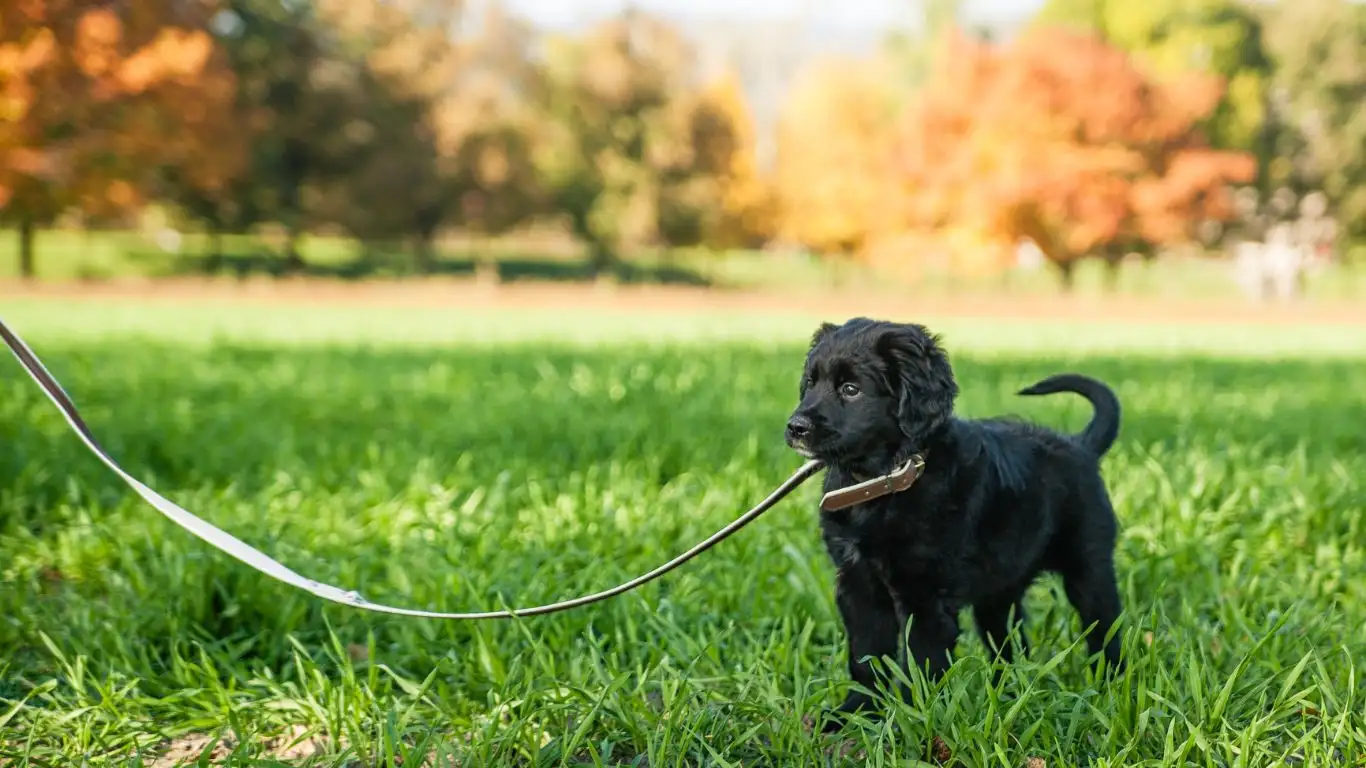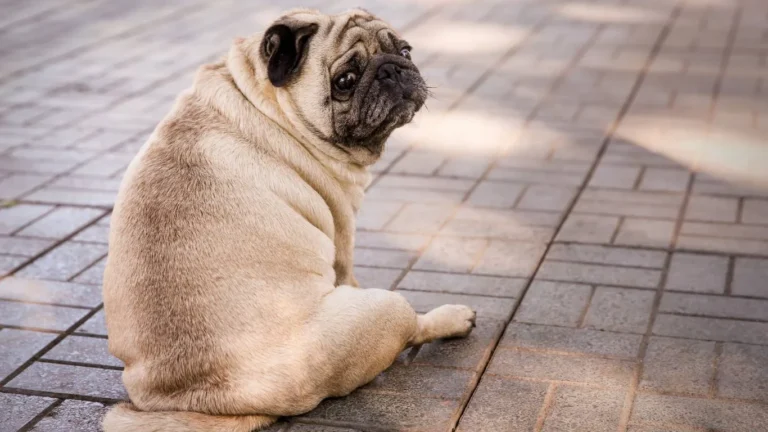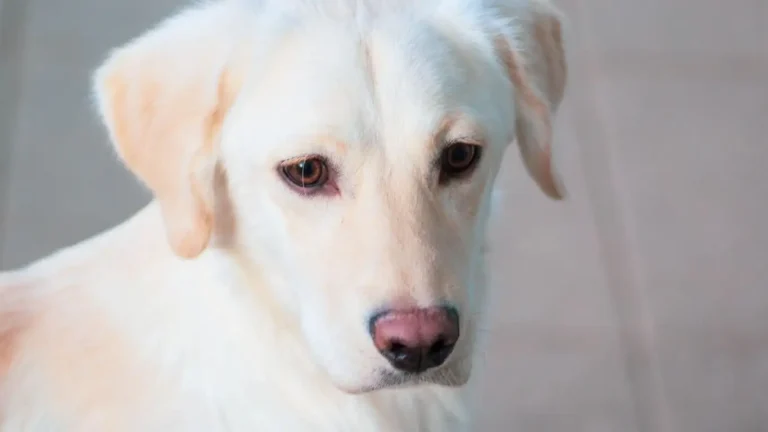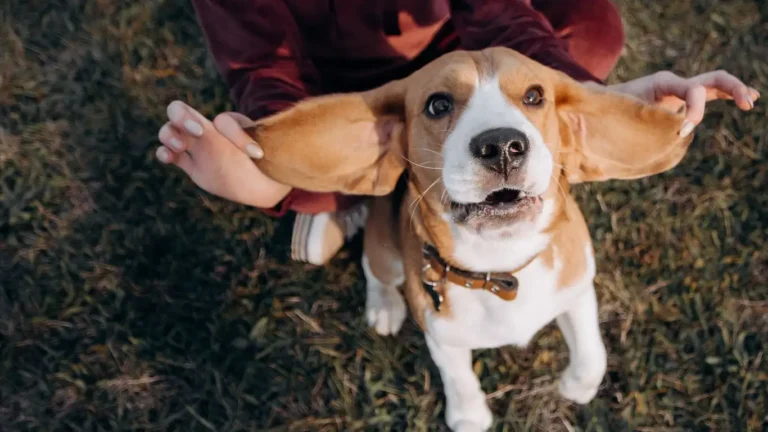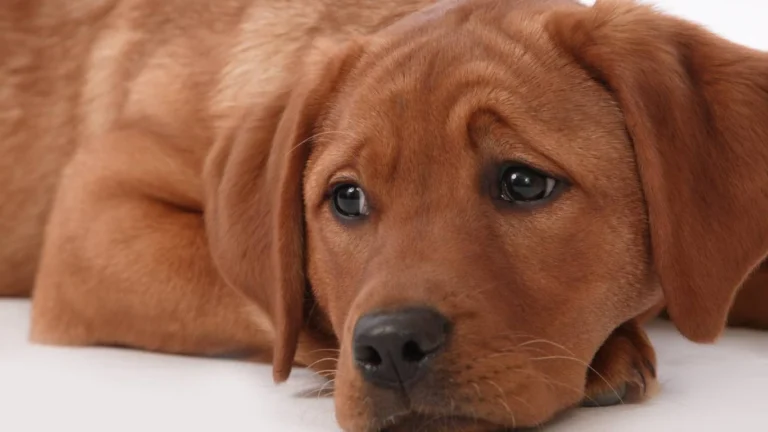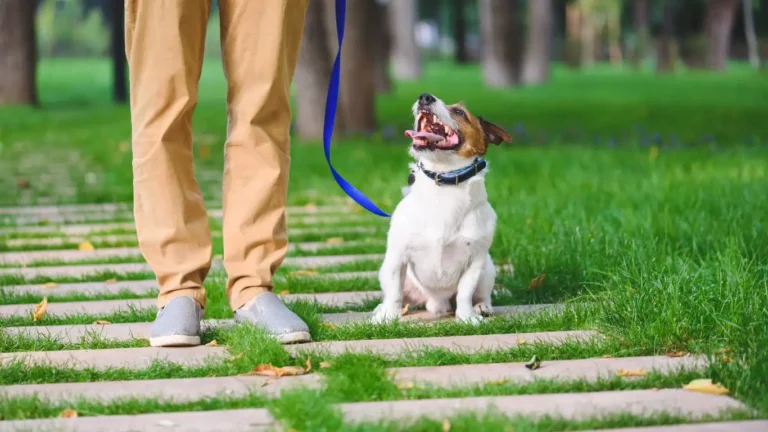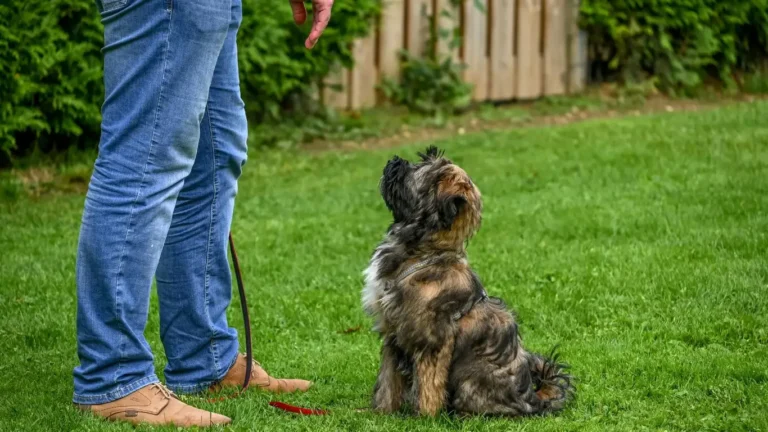Master How to Train a Dog to Ignore Dropped Items Easily and Effectively
If you’ve ever tried to walk a dog who treats every fallen snack, leaf, or stray wrapper like a gourmet buffet, you know exactly how frustrating—and even dangerous—it can be. As a Canine-Assisted Therapy Trainer, one of the top questions I get from dog parents is: how to train a dog to ignore dropped items. Whether it’s food on the ground during a walk, or something they’ve dropped during a therapy session, teaching a dog to “leave it” is a must—not just for safety, but for their focus and discipline.
Why Dogs Are So Drawn to Dropped Items
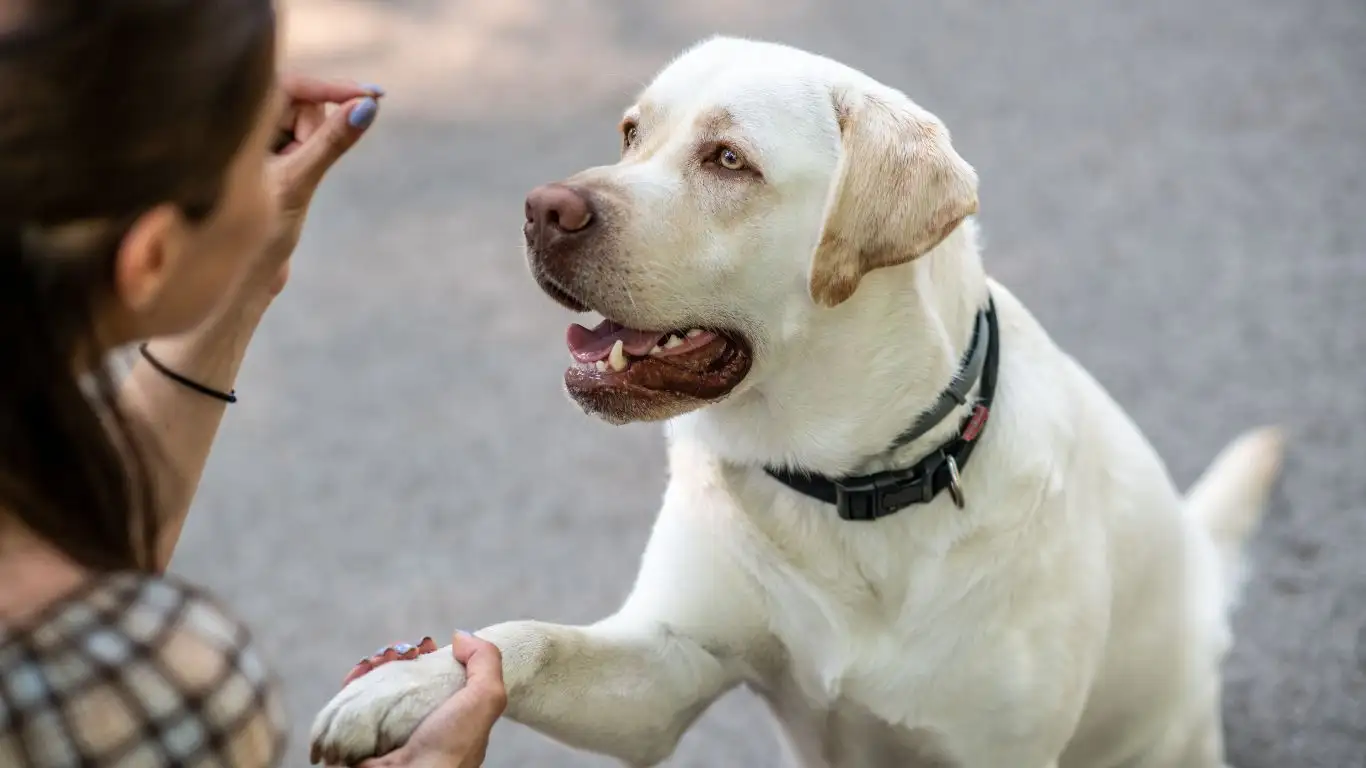
First, let’s talk about the why. Dogs explore the world with their noses. If something hits the floor, to them it’s fair game. Smells intensify at ground level, and many dogs learn that what’s on the ground often leads to food. This becomes an ingrained behavior—one that’s self-rewarding and, therefore, tough to break.
When I worked with therapy dogs in pediatric hospitals, this habit became a real issue. Imagine a kid accidentally dropping a cookie, and the dog lunges for it while hooked to a medical cart. That’s a hard no. So, the goal here isn’t just about obedience—it’s about responsibility, safety, and trust.
Understanding the “Leave It” Foundation
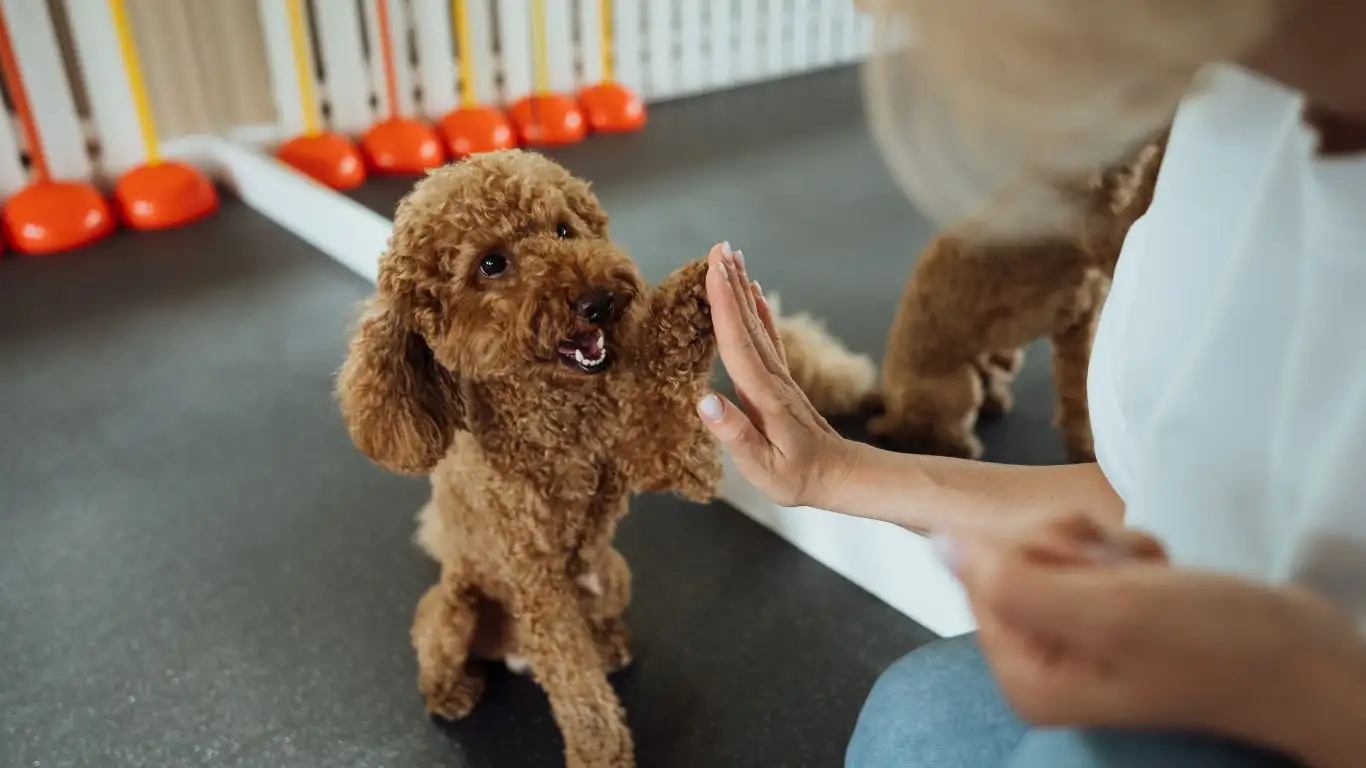
Start in a Low-Distraction Environment
Before you ever try this on a busy sidewalk or during a therapy session, start where your dog is most comfortable—usually at home. I always begin with something boring like a sock or a non-food item. You want the item to be ignorable, not irresistible.
- Hold the item in one hand, show it to your dog briefly, then place it on the floor while saying “Leave it.”
- As soon as your dog looks away or backs off, mark the behavior with a clicker or a “Yes!”
- Reward with something even better—like a high-value treat from your other hand.
Repeat this several times, slowly upping the ante. Use food that smells stronger, or drop it from a small height to mimic real-life scenarios. Just remember—progress is a curve, not a straight line. You’ll have days your dog nails it, and days you’ll wonder if they ever heard the command before. That’s okay. Keep it playful, not punitive.
Use Real-Life Situations as Reinforcement
One of the most effective tools I’ve used is what I call “organic training moments.” You’re cooking in the kitchen and a bit of cheese falls? Boom—training opportunity. On a walk and someone tosses fast food trash on the sidewalk? Perfect time to practice.
Here’s what I learned from a therapy dog named Waffles (yes, really). Waffles had a serious love for Goldfish crackers. Like, borderline obsession. During training, kids would often drop snacks, and he’d dart for them. With consistent use of the “leave it” cue, paired with rewards that beat Goldfish (think: freeze-dried liver), he learned to pause and look up at me for direction instead of going in mouth-first. Now that’s progress.
Making It Stick: Consistency + Patience
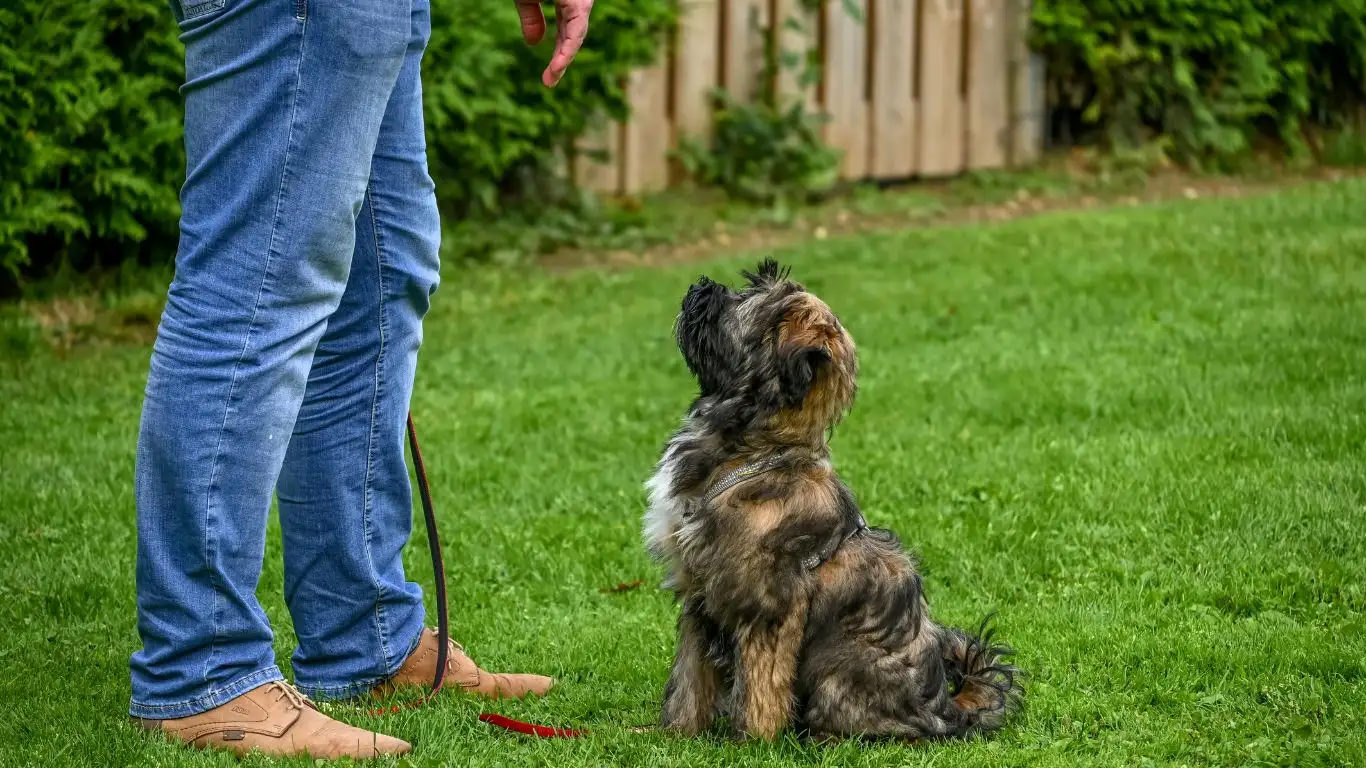
Involve Everyone in the Household
This is a biggie. If you’re the only one enforcing the “leave it” rule, but your partner or kids let the dog get away with snatching food from the floor, it’s going to confuse the heck out of your pup. Dogs thrive on consistency—same rules, same tone, same rewards.
- Use the same cue word (“Leave it” – not “No” or “Don’t touch”)
- Practice short sessions daily (just 5-10 minutes does wonders)
- Celebrate small wins—don’t wait for perfection
Remember, your dog isn’t trying to be naughty. They’re just following instincts. Your job is to build new habits with kindness, clarity, and, let’s be honest, a good stash of treats in your pocket at all times. You’ve got this.
Adding Distractions: Taking It Beyond the Living Room
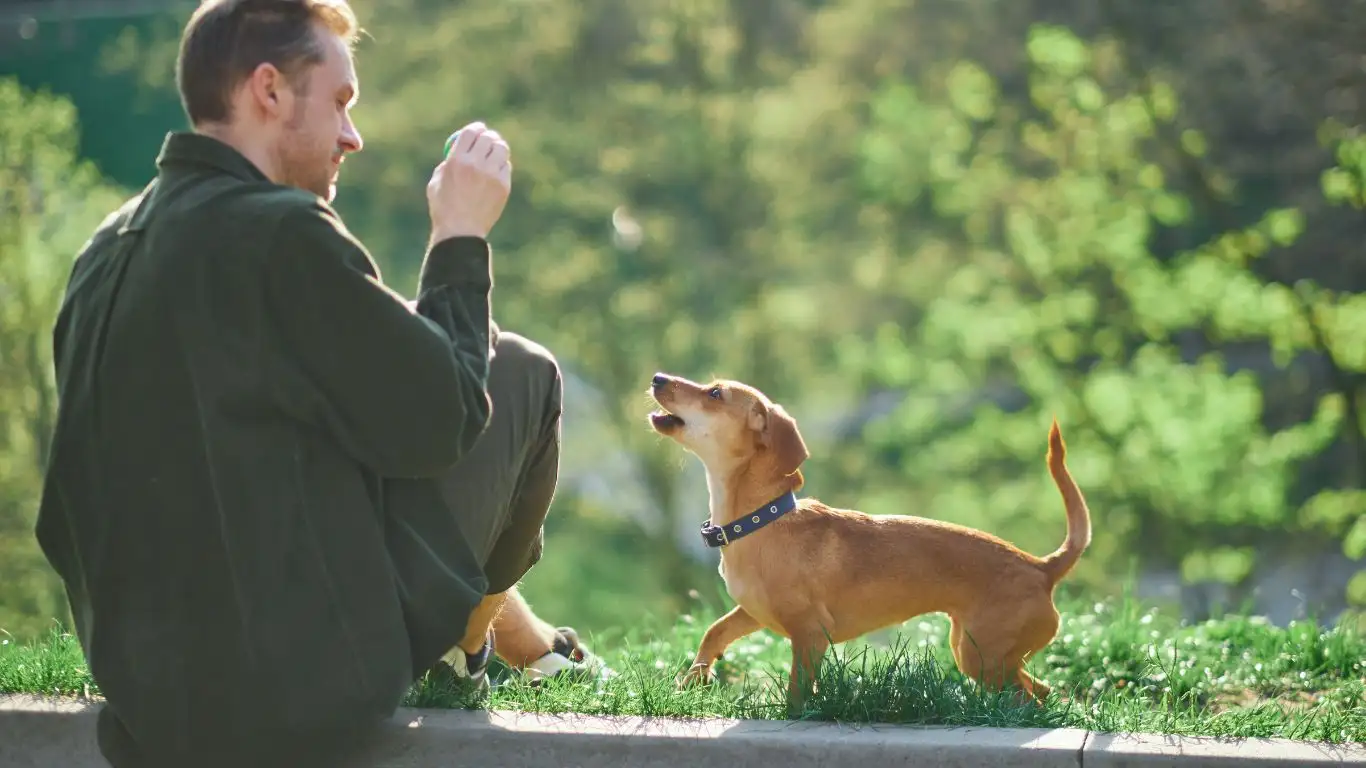
Once your dog is starting to master the “leave it” command at home, it’s time to turn up the difficulty. Honestly, this is where most of my clients start to struggle—not because their dog isn’t smart, but because the *real world* is way more exciting than a living room rug. If you want to know how to train a dog to ignore dropped items reliably, it’s all about gradually layering in distractions.
Think of it like leveling up in a video game. You don’t start with the boss fight. You start with basic drills and then add chaos in small doses. Start with a quiet backyard or a familiar walking route. I’ve used parks early in the morning before the crowds come out—it’s peaceful, and the distractions are there, but manageable.
Gradual Exposure to Real-Life Triggers
One of my clients had a Golden Retriever named Cooper who couldn’t resist discarded pizza crusts on the sidewalk. I had her walk him near a food truck spot, starting from a distance. Each time he spotted (and ignored!) a leftover fry or chip, he got a jackpot treat. We slowly closed that gap over several weeks until he could pass by without even turning his head.
- Use a leash and harness for better control during early outdoor training.
- Practice with dropped items at various distances and gradually get closer.
- Introduce subtle movement—drop an item and nudge it with your foot. Many dogs react more to movement than the object itself.
Don’t expect overnight success. I’ve been there. One session your dog aces it, the next they’re nose-deep in someone’s chicken wing. It’s progress, not perfection, so laugh it off and stay consistent.
When to Use Management Tools
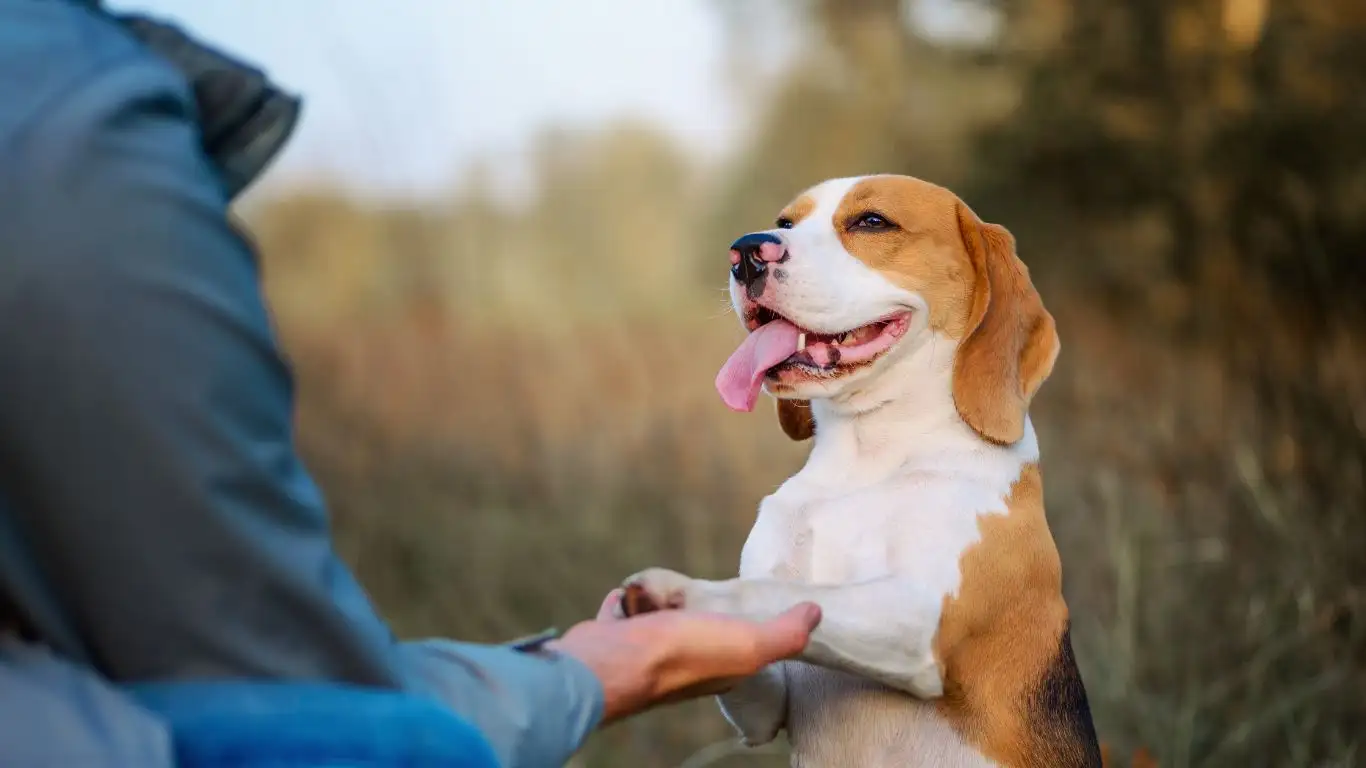
Alright, let’s talk about reality: even the best-trained dog is still a dog. Sometimes, especially in urban areas or high-risk environments, you might need a little backup. And that’s okay. This doesn’t mean you’ve failed—it means you’re being smart about managing behavior while continuing to train.
Tools I Recommend (And Have Personally Used)
- Head halters: These offer more precise control of the dog’s head and can gently redirect them away from temptation.
- Treat pouch: Sounds simple, but if your rewards are buried deep in your coat pocket, you’ll miss timing those crucial “good choices.”
- Short leash training: Keep your dog closer during high-risk walks, like through food markets or school drop-off zones.
One of my therapy dogs, Lucy, would get overwhelmed in nursing homes—especially during lunchtime. The scent of all that food? Overload city. Using a head halter gave me subtle control without tension or frustration. Over time, we phased it out as her training stuck, but in those early days? It was a game-changer.
Proofing the Behavior in Different Settings
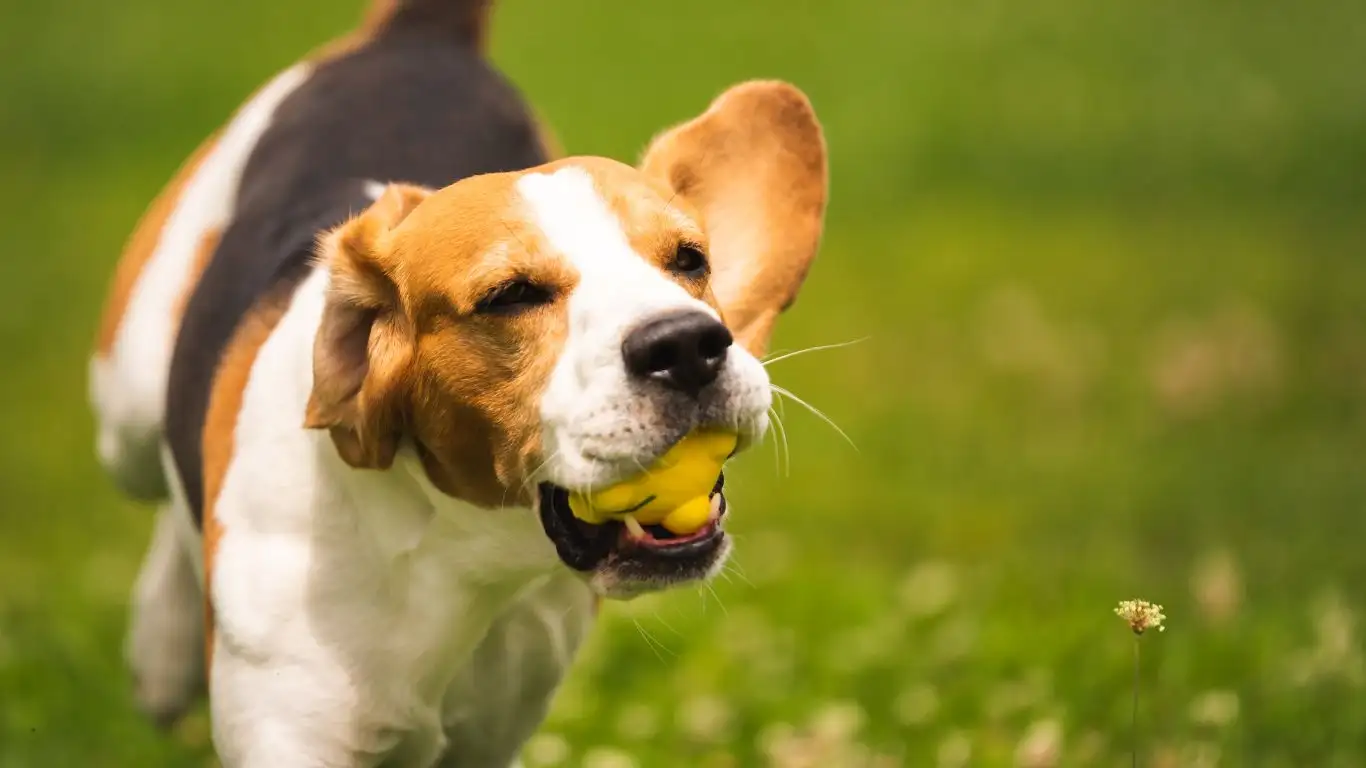
Proofing just means teaching your dog that “leave it” applies everywhere—not just when you’re holding a treat pouch. I always say, “If your dog only listens at home, you’ve only half-trained them.” So, we stretch that skill by changing up the environment, sounds, smells, and people involved.
Make It Realistic, Not Perfect
Try practicing while walking past playgrounds, at pet-friendly stores, or even when friends visit and drop a snack on purpose (yep, we’ve done that during training sessions!). Just remember:
- Don’t train too long. Short, frequent sessions are better than one mega-session.
- End on a high note—even if it’s a small win, reward and finish with praise.
- Reinforce that YOU are the most interesting thing, not the crusty pizza slice.
And hey, don’t underestimate the power of voice. I keep my tone upbeat and encouraging during training. If your dog hears tension or frustration, they’ll feel it. Stay playful, and they’ll stay tuned in.
By this stage, your dog should be showing some impulse control. That’s huge. It’s not just about food—it’s about teaching them to pause, assess, and look to you for guidance. Whether you’re raising a family companion or training a therapy partner, that skill alone is gold.
Troubleshooting Common Challenges When Teaching “Leave It”
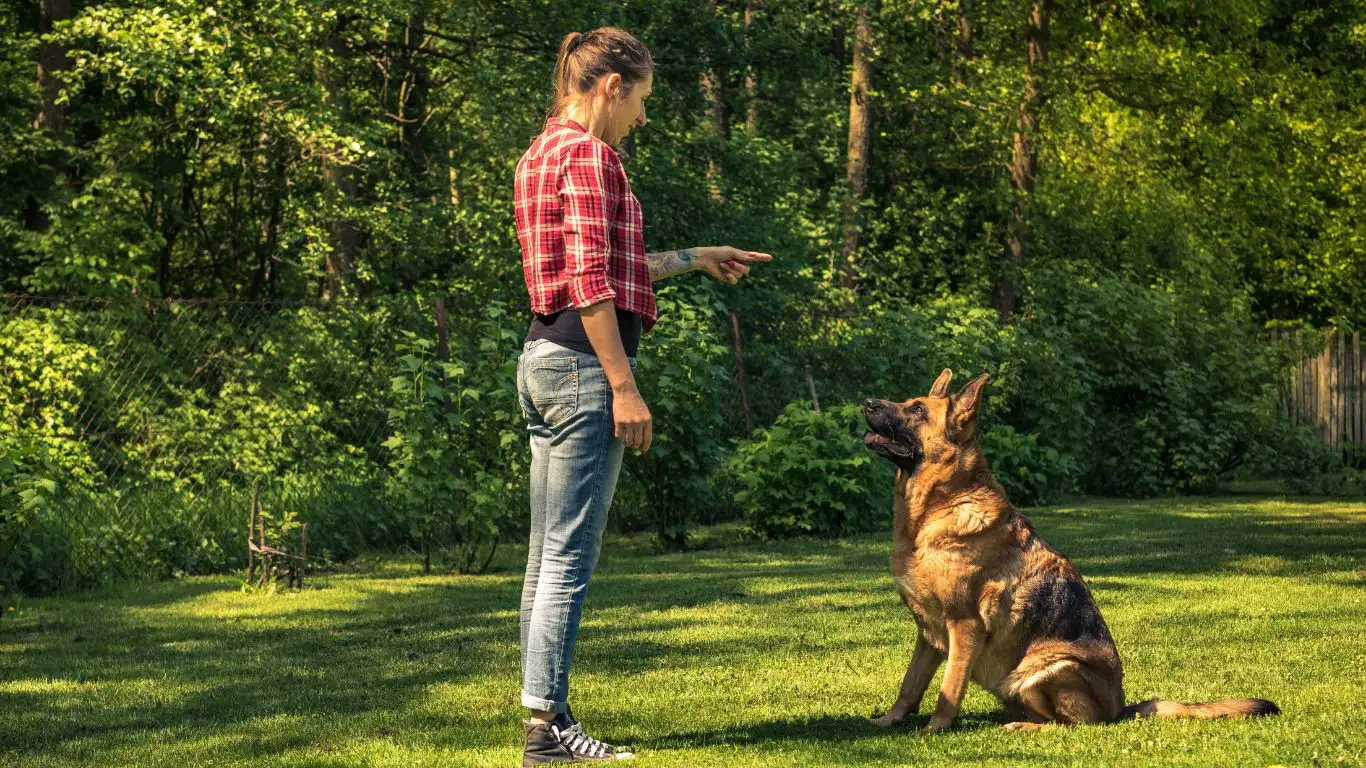
Even with the best intentions and consistent training, there will be bumps along the road when teaching your dog how to train a dog to ignore dropped items. Let me share some of the most common hurdles I’ve encountered as a Canine-Assisted Therapy Trainer—and how you can overcome them without losing your cool.
My Dog Won’t Stop Snatching the Food!
This is by far the biggest frustration I hear from dog owners. Dogs are wired to grab food quickly—it’s survival instinct at play. But the key here is to shift that instinct toward control, not suppression. If your dog keeps lunging despite “leave it,” consider these tweaks:
- Lower the difficulty: Go back to less tempting items or even start training with your hand closed over the treat before placing it on the floor.
- Shorten the training sessions: Sometimes a dog just gets overstimulated. Five minutes of focused practice is better than an exhausted, frustrated pup.
- Use higher-value rewards: If your dog doesn’t care about kibble, try freeze-dried liver, cheese, or tiny pieces of cooked chicken. The goal is to make listening more rewarding than grabbing.
From my experience working with therapy dogs who have a tendency to “go rogue” when food drops, patience is everything. Celebrate the tiny steps—like looking away briefly or taking a step back—as progress.
My Dog Seems Confused by the Command
Sometimes, dogs don’t get what we mean by “leave it” because the command is being used inconsistently or mixed with other cues. I always advise sticking to a single, clear phrase and pairing it with a consistent hand signal. Here’s what’s worked well for me:
- Use a calm but firm voice—no shouting or frustration.
- Pair the verbal cue “Leave it” with a flat hand held out, palm facing the dog.
- Reinforce the behavior immediately with a treat or praise.
Consistency is the secret sauce here. In therapy training, we practice this same command with all dogs and volunteers so everyone’s on the same page. Your dog will thank you for that clear communication.
Maintaining the Habit Over Time

Training a dog to ignore dropped items isn’t a one-and-done deal. Like any good habit, it needs regular reinforcement to stay strong. In my work, I’ve found that ongoing practice keeps the skill fresh and helps dogs stay sharp, especially when the stakes are high.
Integrate “Leave It” into Daily Life
Here’s a simple trick: use natural moments in your day as mini training opportunities. When you drop something at dinner, say “leave it.” When your dog notices a crumb on the sidewalk, test their impulse. These low-pressure moments build the habit steadily without boring your dog with repetitive drills.
Keep Rewarding Even After Mastery
Once your dog has the hang of ignoring dropped items, don’t just stop rewarding altogether. The occasional jackpot treat or enthusiastic praise keeps them motivated. It’s kind of like how we humans still get a little thrill when someone compliments us—even if we’re confident.
Be Ready for Setbacks
Life happens. Dogs get sick, environments change, or new distractions pop up. If your dog slips back into old habits, don’t panic. Go back a few steps, review the basics, and remember that your calm, consistent approach is what helps them succeed long-term.
Final Thoughts on Teaching Your Dog to Ignore Dropped Items
In my years of working hands-on with therapy dogs and their humans, I’ve seen firsthand how powerful it is when dogs learn to pause, process, and listen rather than react. Teaching how to train a dog to ignore dropped items isn’t just about avoiding messes or preventing choking hazards—it builds a foundation of trust and communication that benefits every part of your relationship.
Keep your training sessions short, sweet, and full of positive energy. Use real-life opportunities, mix up distractions, and never underestimate the power of your tone and timing. And remember: every dog learns at their own pace. Celebrate those little victories—they add up to a lifetime of good habits.
References & Further Reading
Disclaimer
This article is intended for educational purposes and does not replace professional veterinary advice or training tailored to your individual dog. If your dog has behavioral challenges or medical conditions, please consult a qualified professional.
